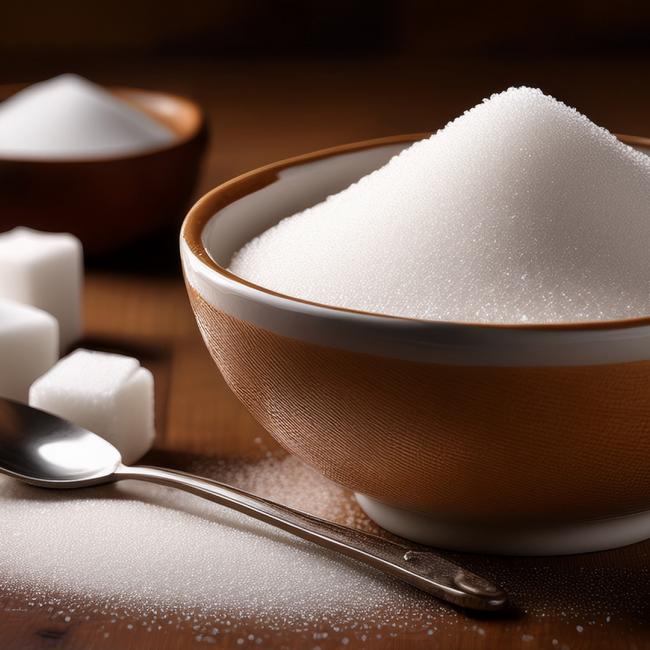The fact that powders stick together is a very undesirable process during a powder processing process.
in this article you will read:
- Which moisture has on the stickiness
- Various processes that can enhance stickiness
- Stickiness with amorphous powders
The experts at Dinnissen Process Technology are available to answer all your questions:
Get in touch with Juul Jenneskens 077 467 3555
The role of moisture on stickiness
Stickiness is a very big problem in many drying and powder processing processes. One often has to deal with it while processing important food products such as whey powder, salt and sugar. The factors that contribute to the stickiness are: temperature and humidity, but not solving the problem.
Powders in the industry sometimes become sticky, which can eventually lead to clumping. Moisture is seen as the main reason for this. It is therefore important at all times to know the hygroscopicity of the main components within the powder. Unfortunately, for many powders and powder mixes this is not that easy to determine. They rarely consist of one component. This makes it difficult to map the susceptibility to stickiness and clumping. In addition, in some mixing processes it is necessary to add extra liquids during mixing because of desired product properties. This further increases the risk of stickiness and lump formation.
Which processes increase stickiness?
Moisture is the main reason for stickiness and lump formation, but there are several underlying processes that can further enhance stickiness and lump formation.
- Molecular and electrostatic attractions
- Bridging
- Van der Waals attractive forces
- Compact voltage

Stickiness
Stickiness with amorphous powders
When it comes to amorphous powders with glassy components such as amorphous sugars, another underlying phenomenon arises. For example with spray-dried dairy powders. These contain lactose in the amorphous form. For example, skimmed milk powder contains around 50 percent amorphous lactose, which has a huge influence on lump formation. This extra stickiness of the amorphous components is due to their molecular mobility. This is because there is a very viscous movement between the particles, which causes the powder to contract more and thus to stick.
During the processing, storage and distribution to the end user, the powders always end up in environments with different temperatures and humidity. This has an effect on the appearance but also on the shelf life of the powder. This is especially true for powders shipped to warmer climates with high humidity. This can prevent a mixture from sticking and clumping due to moisture absorption. In addition, the aw value may increase due to the changed temperature and humidity. The aw value is an important measure referring to the amount of free water available. The higher the aw value, the easier it becomes for the micro-organisms to develop.

Sugar

Name: Juul Jenneskens
Advisor
Please feel free to contact me if you have any questions about this subject. My team of colleagues and I are ready to answer!
Get in touch with Juul Jenneskens 077 467 3555 [email protected]
Do you prefer to request a consultation directly?
It is important at all times to know the hygroscopicity of the main components
